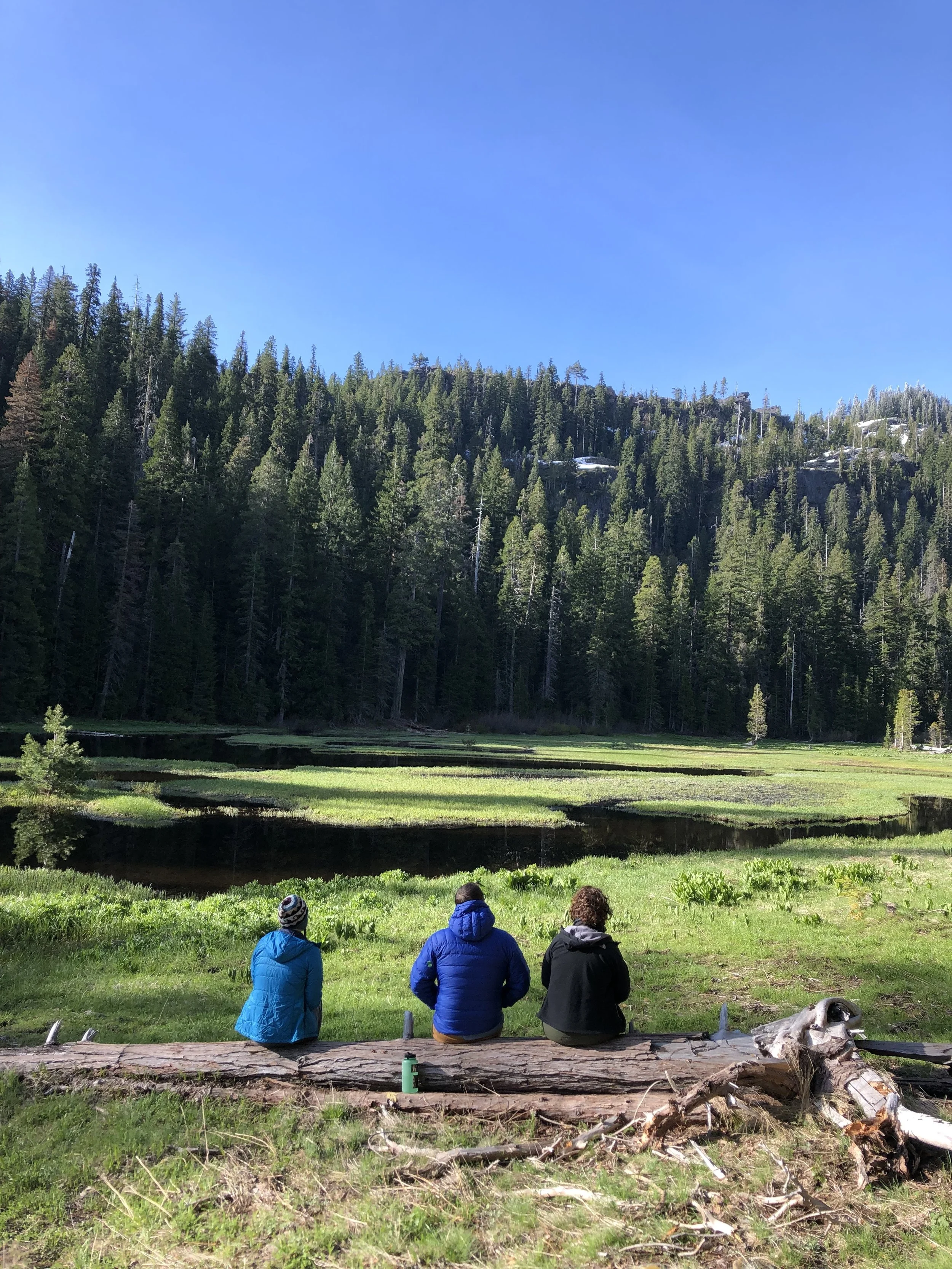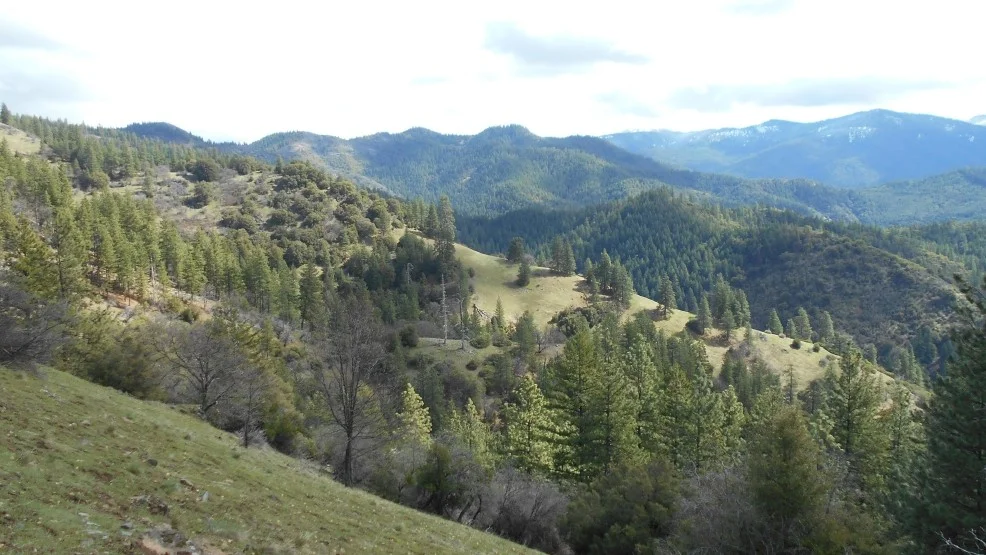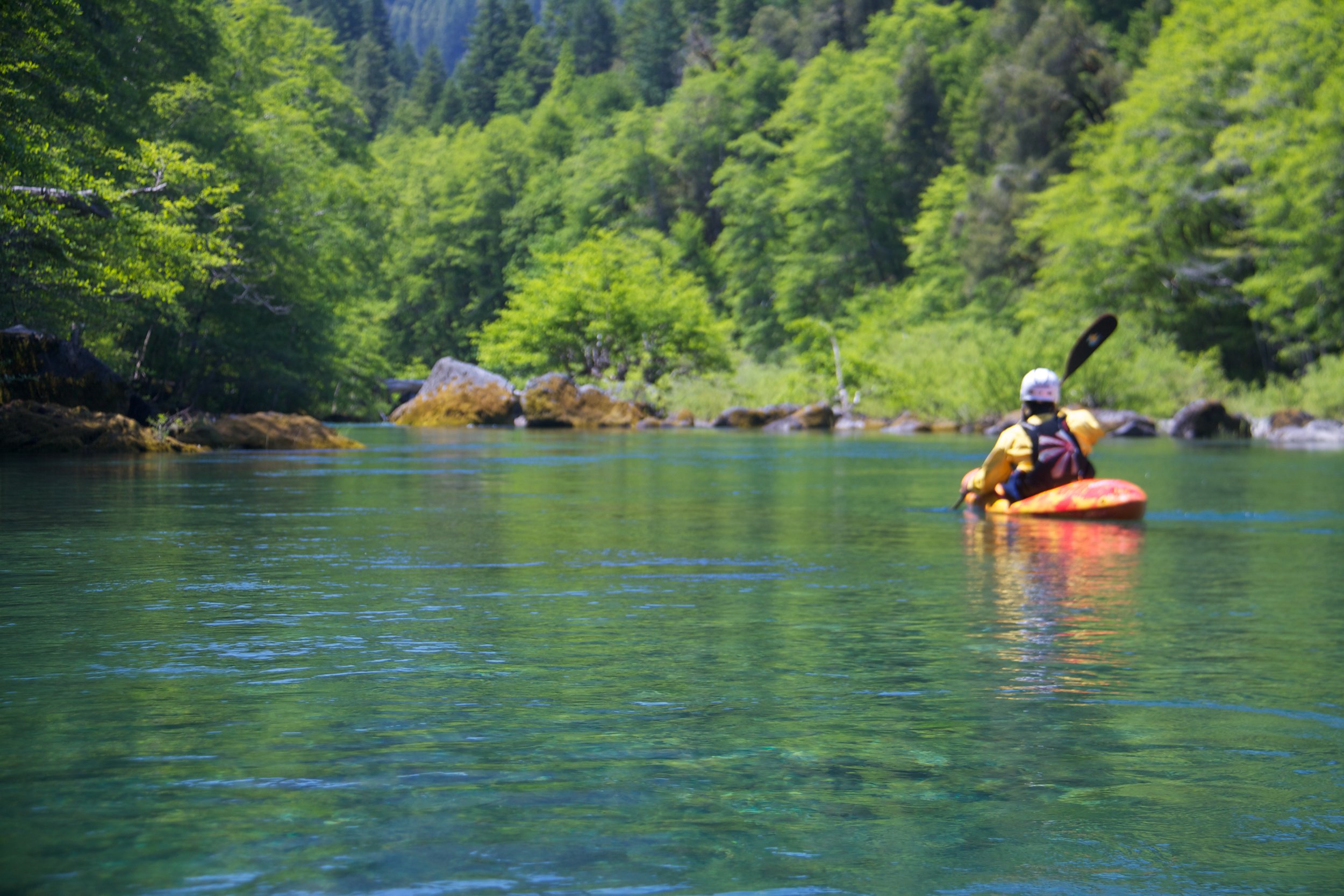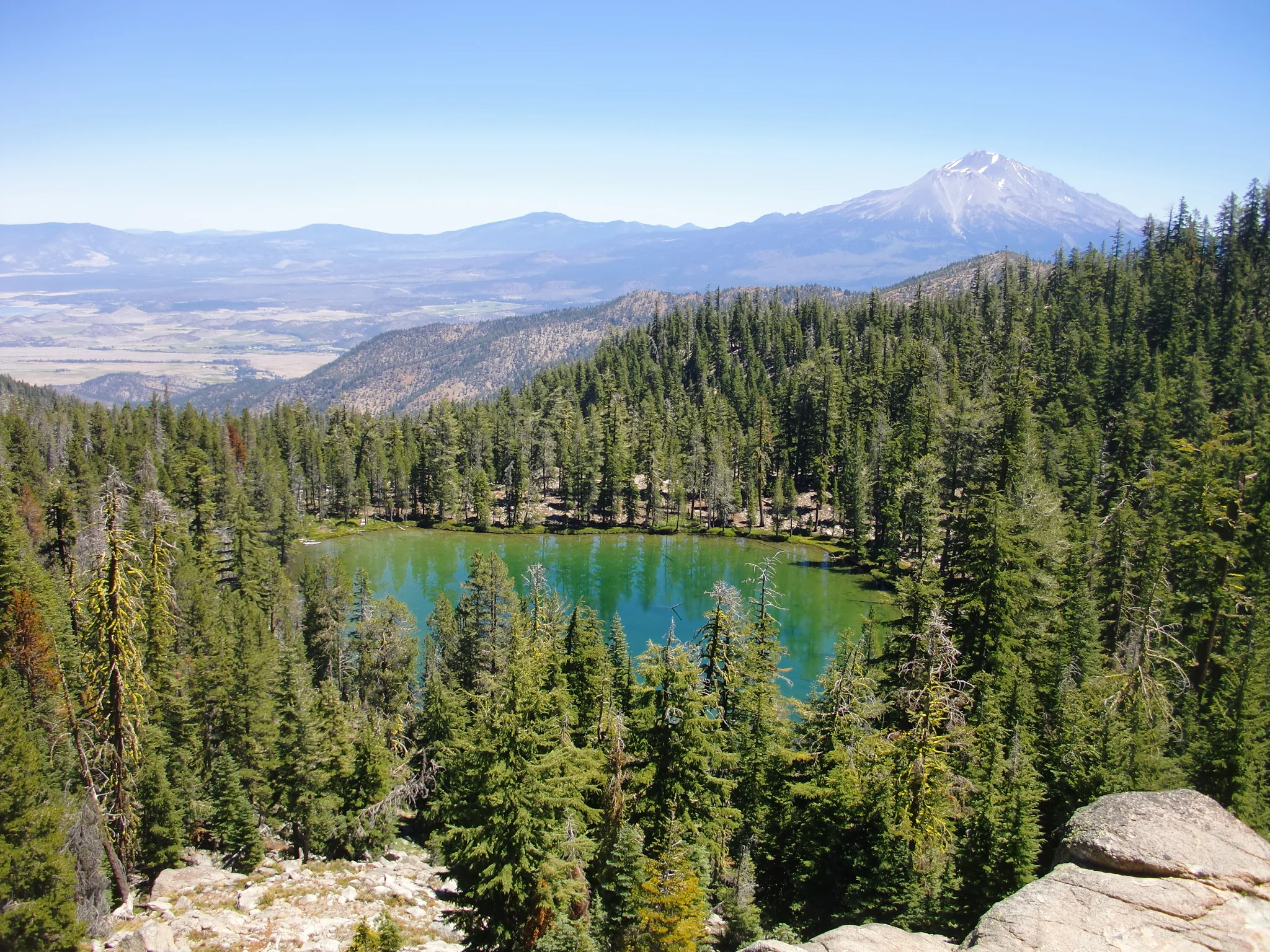Despite a 2017 ruling by the Obama Administration to put a 20-year moratorium on mining in the headwaters of the North Fork Smith River and Illinois River, a new mining company has emerged with plans to mine for nickel in the Baldface Creek watershed. Read more about KS Wild’s work protecting this region from mining here.
Read MoreTo be the eyes and ears of public lands defense requires KS Wild’s ForestWatch staff to be diligent in how we approach the scope of our work. Read about our plans for 2020, which defending public lands in a number of vital ways.
Read MoreThe Red Buttes Wilderness offers large trees, expansive wildflowers, and crystal clear creeks. Here, Conservation Director George Sexton shares a favorite trail in what was once known as the “Applegate Alps.”
Read MoreThe Klamath National Forest has a bad track record of post-fire clearcutting. Now they are proposing a 1,700 acre post-fire clear-cut on the beloved and ecologically important Siskiyou Crest. Read more about it...
Read MoreLooking for an early spring antidote to cabin fever? The Little Grayback Mountain trail may be just the ticket.
Read MoreWe are celebrating the recent victory to protect some of our most prized rivers from proposed industrial strip mining for a period of 20 years. We are hopeful that this victory will stand, even in the Trump administration.
Read MoreLong fights with no reward can feel tiresome and unrewarding after awhile. That’s why this May we held the first annual Return to the Wild, a rustic retreat along the Illinois River for female activists from around Southwest Oregon. Elders told stories of past trials and triumphs, we bonded and benefited from the therapy of nature, and were reinvigorated for our work ahead.
Read MoreWhile most Americans cherish the idea that public lands belong to and benefit all of us, corporate timber, mining and grazing interests have long sought to privatize public lands in order to maximize profits to their respective industries. While subsidized logging, mining and grazing occur on the vast majority of public lands, these extremists bristle at the idea of there being any rules regarding their exploitation of our forests and rivers.
Read MoreRegularly visited by botanists, it boasts the highest wildflower diversity in Oregon. Fisher folk appreciate the habitat it provides for steelhead and cutthroat trout, and it is well known by locals for always running clear. Before entering the Wild and Scenic Illinois River, it flows through a rugged, beautiful wilderness landscape. Part of this area, the South Kalmiopsis Roadless area was recommended as an addition to the Kalmiopsis Wilderness in 2004.
Read MoreThe Klamath-Siskiyou region is home to the largest expanse of wildlands on the West Coast. Some of these pristine wild areas are protected under the Wilderness Act as Wilderness Areas, but many other wilderness-quality lands are unprotected and face a variety of threats including logging, road-building, over-grazing, and irresponsible off-road vehicle use.
Read MoreThe mountains of the Kalmiopsis emerged from the ocean floor as result of geological uplift (rather than volcanism) and have been subject to folding and faulting ever since. As a result, the unique soils are packed with heavy metals including nickel, iron, chromium, and magnesium that make life hard for most plant life. To survive in this environment plants have had to evolve and adapt to get by in circumstances that would normally kill most flowering species. More than any other wilderness in the region, the Kalmiopsis is the home of oddball survivors.
Read MoreBut what is more important is that wilderness offers something more than just its value to humanity. In wilderness is the essence of all life; it is where complex biological systems continue to function in ways that humans are only beginning to understand. Saving the remaining pieces of wild nature is part of our duty to ourselves, our children, and for all life on the planet.
Read More










